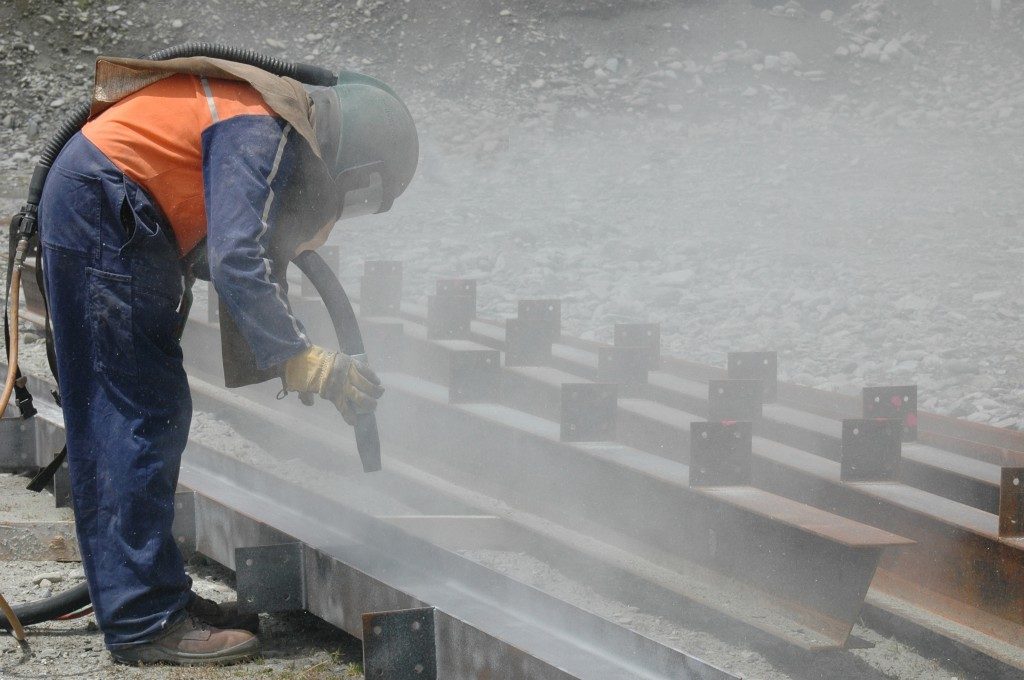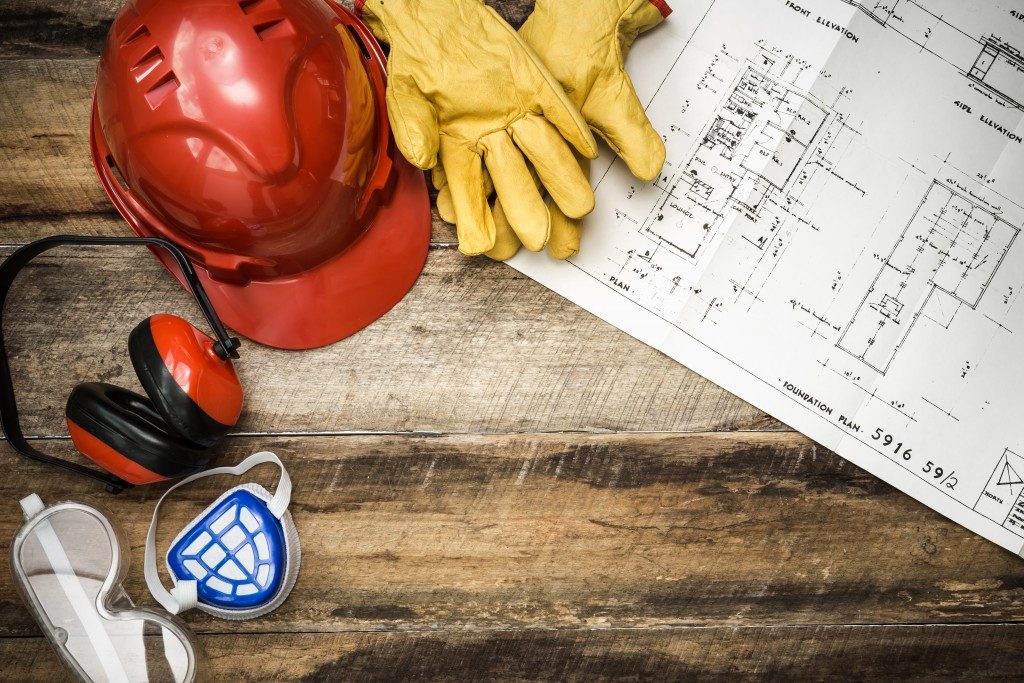Operator safety is tied closely to the use of appropriate equipment, particularly personal protective products. After going to work, you expect to come home to rest and enjoy time by yourself or with your loved ones. Working in a high-risk environment without personal protection equipment (PPE) removes the safety net. Your employer must be well versed in critical innovations and PPE trends, and you must do the same. Are you interested in what is available out there?
Advanced protection for blasting
Dry blasting procedures are covered well enough, but there is still much to be desired when talk revolves around wet or vapour-abrasive blasting. If you are part of the industry, you are aware that basic protection for dry blasting is a face shield. Protection becomes effective when suppliers of protective respiratory equipment ensure that workers do not inhale the dust, which might contain lead or asbestos.
Now, how about the contents of the PPE checklist for wet or vapour-abrasive blasting? Respirators are still necessary for this type of process despite the presence of less dust. For comprehensive protection, the ventilator must provide coverage for the head, neck and shoulders. This ensures that any dust in the air will not enter the lungs. Ensuring proper seals is another important parameter, so much so that loose-fitting respirators are not ideal. Lastly, the equipment must provide the protection appropriate to the material involved in the operation. For instance, the assigned protection factor (APF) of greater than 1,000 particles is required for blasting with hazardous materials.
Barrier protection against carcinogens
 Broadening the areas of protection and improving the effectiveness and efficiency of standard PPE are huge trends. Nowadays, companies producing personal protective equipment must consider not only caustic substances but carcinogens as well. There was a time when the immediate risk of exposure was the primary concern. However, the awareness of the long-term effects of exposure to certain substances has increased. PPE suppliers are now providing equipment that is up to speed. This is particularly important for workers involved in on-site cleaning, emergency services, as well as those who are in health provision.
Broadening the areas of protection and improving the effectiveness and efficiency of standard PPE are huge trends. Nowadays, companies producing personal protective equipment must consider not only caustic substances but carcinogens as well. There was a time when the immediate risk of exposure was the primary concern. However, the awareness of the long-term effects of exposure to certain substances has increased. PPE suppliers are now providing equipment that is up to speed. This is particularly important for workers involved in on-site cleaning, emergency services, as well as those who are in health provision.
Highlighting the importance of ergonomics
The company that you work for should provide you with the most appropriate protective clothing and safety kits intended. The design of specific equipment might make it difficult for workers to execute the tasks without straining themselves. In some cases, the material used might not allow adequate thermoregulation, making work conditions uncomfortable, even unbearable. PPE equipment must not be the cause of heat strain or inadvertently result in overuse syndromes. The equipment must not cause physical train. Ergonomic designs eliminate all these issues. Good designs will ensure that working conditions are on par with your expectations.
In the end, PPE or personal protection equipment increases the safety of workers in many industrial, manufacturing, and health operations. It is your right as a worker to fulfil your duties in a safe and happy environment. Your employer has to ensure that you get the best products of technology.
